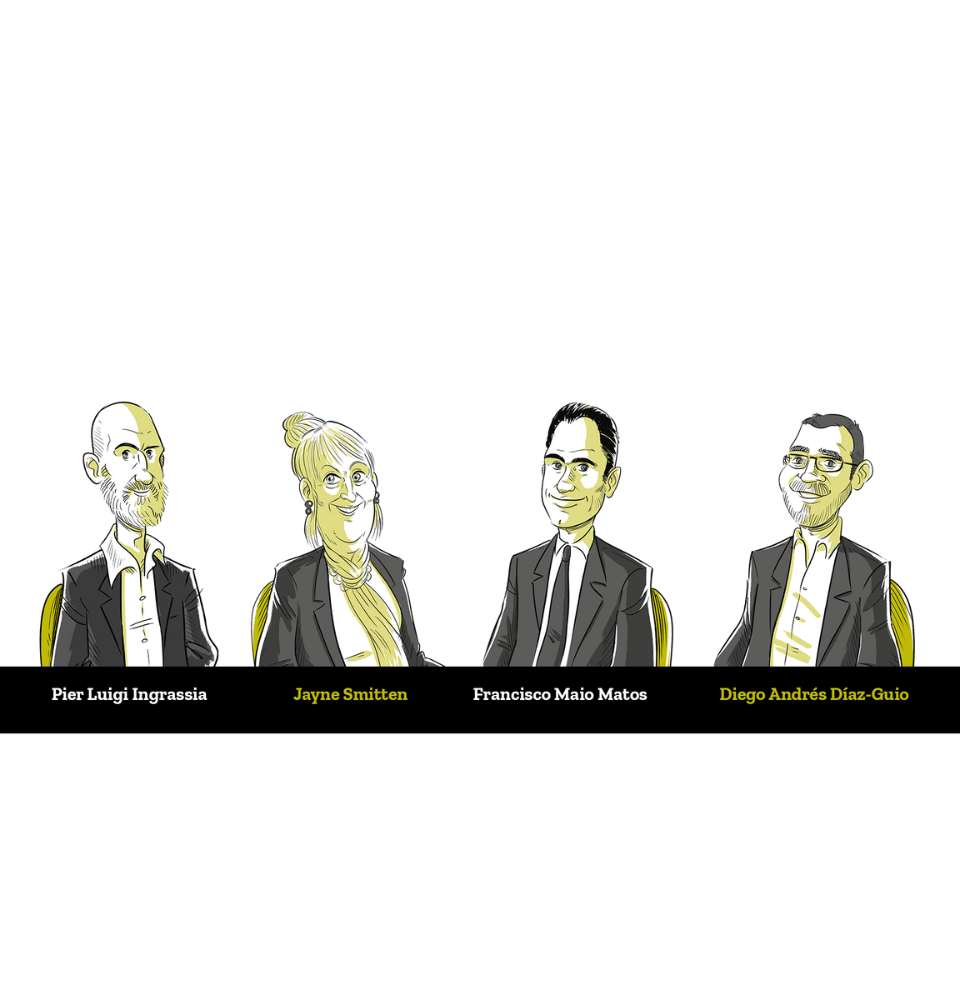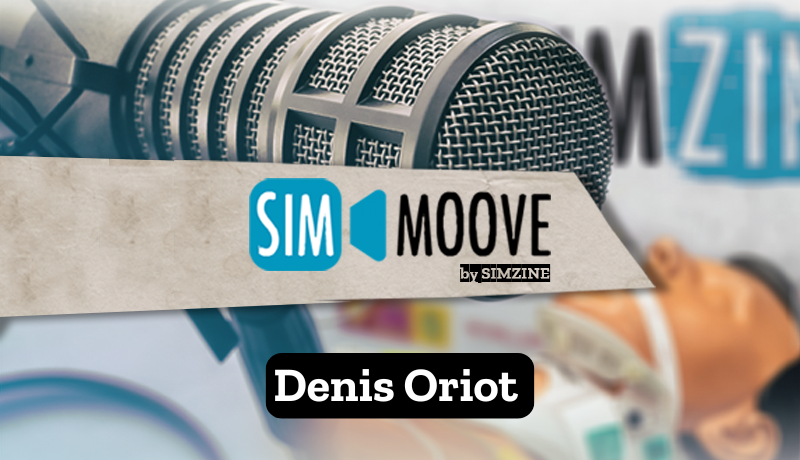Traditionally, scientific societies foster the advancement of their disciplines, to ultimately improve the lives of patients. The recent and abrupt changes in healthcare systems and education have caused a wave of reactions in professional societies from all regions of the world and disciplines, including simulation societies. Leaders of major SIM societies compose the SIMZINE’s panel and debate the present and the future of healthcare simulation.
The debate
Scientific societies serve as communities of practice in which professionals develop many of the skills and connections required for the progression of their careers. Scientific societies, including simulation societies, create a sort of infrastructure that is invisible to the eye, by setting up and opening communication channels. In fact, scientific societies play a key role in connecting practitioners with one another, mentoring relationships and fueling collaborations. Society events are opportunities to network, stay up to date on the newest research discoveries and innovations, and gain skills necessary for professional development. Scientific societies can also serve as agents of change to promote diversity, equity, and inclusion in their fields of interest. Whether their main concern is the benefit of their members, the future of these societies is dependent on a strong and involved membership.
In recent years the COVID pandemic has affected healthcare systems, including healthcare education, but at the same time it has accelerated their transformation and digitalization. Healthcare professionals, and simulationists are no exception, became incredibly more interconnected. In this new scenario, how do simulation societies represent their communities? Are now their responsibilities different? How do they foster the uptake of scientific advances?
Moderator: PierLuigi Ingrassia
Centro di Simulazione (CeSi), Centro Professionale Sociosanitario Lugano
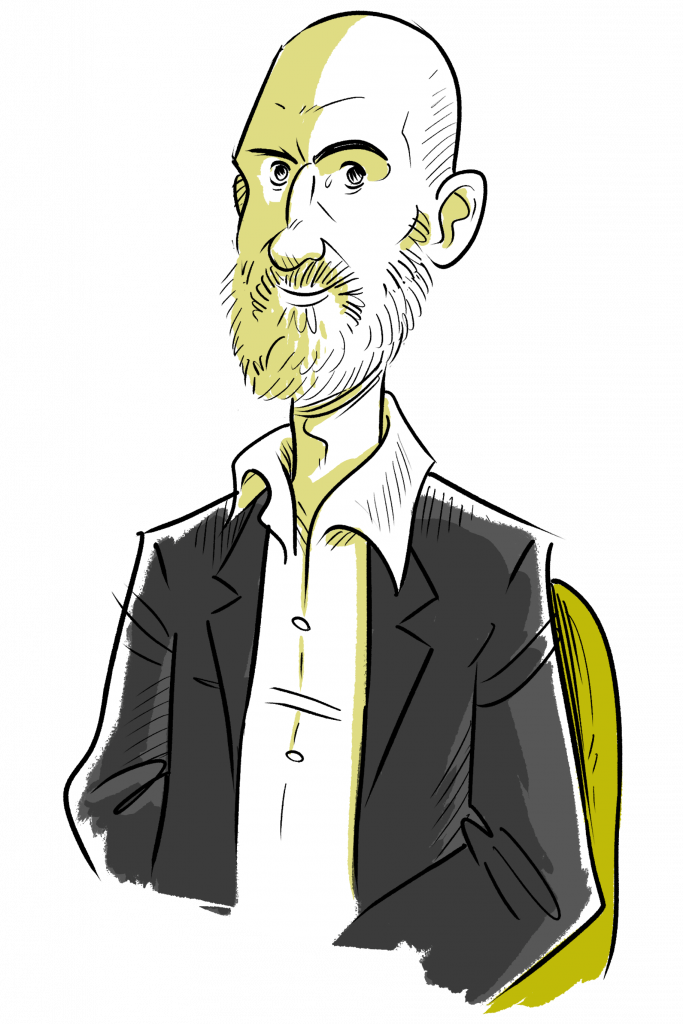
Francisco Maio Matos
President at the Society for Simulation in Europe. Member of Board of Directors at the European Society of Anaesthesiology and Intensive Care. Director at the Anaesthesiology Department of CHUC. Professor at the Faculty of Medicine, University of Coimbra.
Jayne Smitten
2023 President, Society for Simulation in Healthcare (SSH). Associate Dean, Professor Hawai’i Pacific University. Interim Chair, Department of Public Health.
Director, Experiential Simulation Center, College of Health and Society.
Diego Andrés Díaz-Guio
Intensivist, Doctor in Education. President at the Federación Latinoamericana de Simulación Clínica y Seguridad del Paciente (FLASIC). Executive Director of the VitalCare Clinical Simulation Center. Professor at the Faculty of Medicine, University Alexander von Humboldt, Colombia.
Let’s start with the idea that professional societies play an integral role in connecting simulationists with one another. Does that still apply?
Francisco Maio Matos: I believe it still applies. We have new communication channels and easy access to research and knowledge. However, it’s extremely relevant to stimulate peer discussion, participate in in-depth debates and challenge your background with F2F workshops and reasoning applications. It’s also a moment for intergenerational partnership, of which SimUniversity is a great example, and immersion with technology novelties.
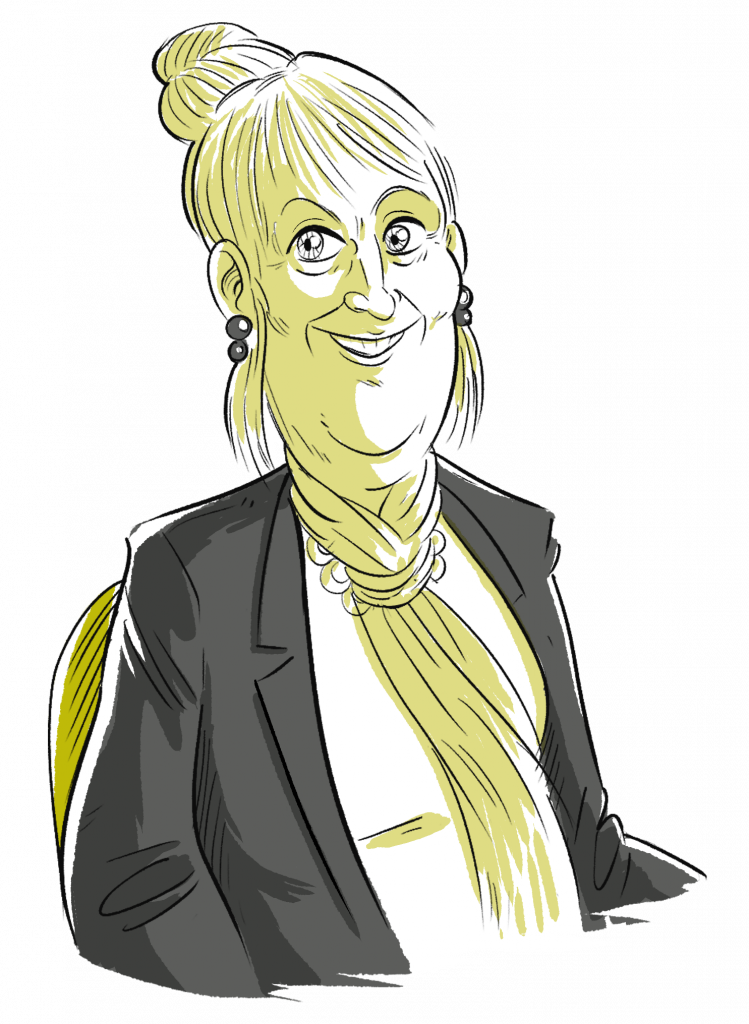
Jayne Smitten: Connecting simulationists, educators, researchers, with the synergy of our industry partners is critical to our future global progression. SSH is composed of communities of simulationists practicing globally that are making a difference in our patient safety, clinical outcomes…Yes, our patients’ lives! Why is SSH as a professional scientific society important in the connection role? We are making critical progress through commitment to research/innovations, education, and accreditation/credentialing efforts over the past couple of decades, for example. And we must continue in our efforts to advocate in all these important activities and advancements!
Diego Andrés Díaz-Guio: Scientific organizations have a fundamental role in enabling and promoting the creation of networks among their associates. FLASIC is a federation that integrates 8 scientific societies from the same number of Latin American countries with a presence in 14 countries in the region. To achieve the objective of promoting the construction of networks, we have various activities that are already an icon of our federation, such as permanent education through webinars, deliberate networking spaces during the annual patient safety symposium, multinational participation in our commissions of work, scientific dissemination in social networks with live formats, among others.
Simulation societies, as knowledgeable and experienced organizations, have at this time inevitable commitments and duties to the simulationists’ and educators’ community. What do you think are the main unmet needs in simulation today? And what are you planning to do about it during your presidency term?
JS: In 2022, SSH made a deep-dive into addressing our Strategic Plan for the next 5 years via critical communication processes and input from our Board as the representatives of our membership. We will be addressing key priority goals and objectives from our refreshed and renewed SSH Strategic Plan in Spring 2023. One unmet need I wish to focus on during my presidency year is working on our society’s global efforts while focusing on our SSH global priorities and actionable plans. We, as a society, have recognized we need to do a better job of reaching out and collaborating with our collective global communities of practice, our affiliates partners, and address this truly as an interconnected entity.
AD: I think that one of the most important functions of the directors of scientific societies is to efficiently read the needs of the associates. In my case, when directing a federation of societies from the same region, which despite sharing roots in the two majority languages (Spanish and Portuguese) and some cultural aspects, are actually heterogeneous, the needs of our associates are also diverse. In Latin America there is disparity in the level of development and implementation of simulation-based education. Our greatest effort is located in three programmatic axes: (1) Accreditation of simulation centers through our recently validated model. (2) Professionalization of teachers that we carry out through continuous education, and (3) Promotion of research and scientific writing. For this we have our Latin American Journal of clinical simulation and programs for scientific dissemination and critical analysis of specialized literature.
FM: There are still many challenges to reflect on research, with the development of an agenda for the next few years, on policy level at the European Commission, and the transversal implementation of quality improvement programs at each educational center. To meet these challenges, we are stimulating our SiReN Research Network, to push the boundaries of simulation science and find cooperation opportunities, we are implementing a clear, simple and inclusive Accreditation program, and we are promoting a movement to influence decision-making for the benefit of our patients.
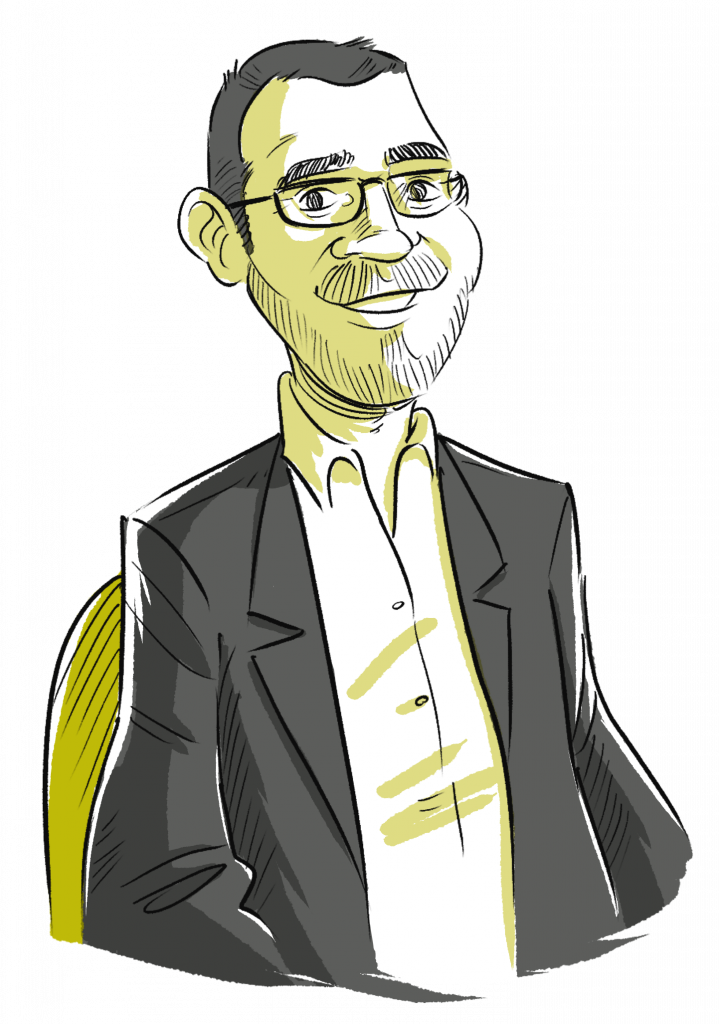
Thinking about the future, what do you foresee being the next biggest challenges in the simulation field that your Societies will have to address in the next 5 years?
AD: I think that the technology that supports simulation-based education is a very relevant aspect, however, the biggest challenge we have is with people, both in the educational field and in high-impact research. Among the biggest challenges that we have as a simulation federation for the next 5 years are the improvement in the level of quality of simulation-based education throughout our region through the implementation of standards of excellence, professionalization of educators, and the increase of academic and scientific relations with scientific organizations of other regions of the world.
FM: In the next 5 years we need to address the new challenges that technology presents us, such as Artificial Intelligence or Virtual Reality, the educational context of distant learning, the definition of quality standards for our programs, the cooperation with other international societies and the close partnership with affiliate societies.
JS: With the explosion of educational technologies, the complexities and challenges of these evolving domains (AI, V/R, A/R, Mixed, etc.) in simulation-based education will require increased expertise and research validation to ensure best practices. In concert with this, the focus on worldwide workforce development will require advocacy for simulation healthcare talent (including recognition and satisfactory remuneration for the diversity of simulation roles and responsibilities) and expanding SBE programs that are accessible, affordable, and validated for impacting the teaching and learning domains in healthcare and society. These developments will increase the need for credentialing offerings (micro-credentialing is already making its mark in some of the newly developed degree and certificate programs on the rise!).
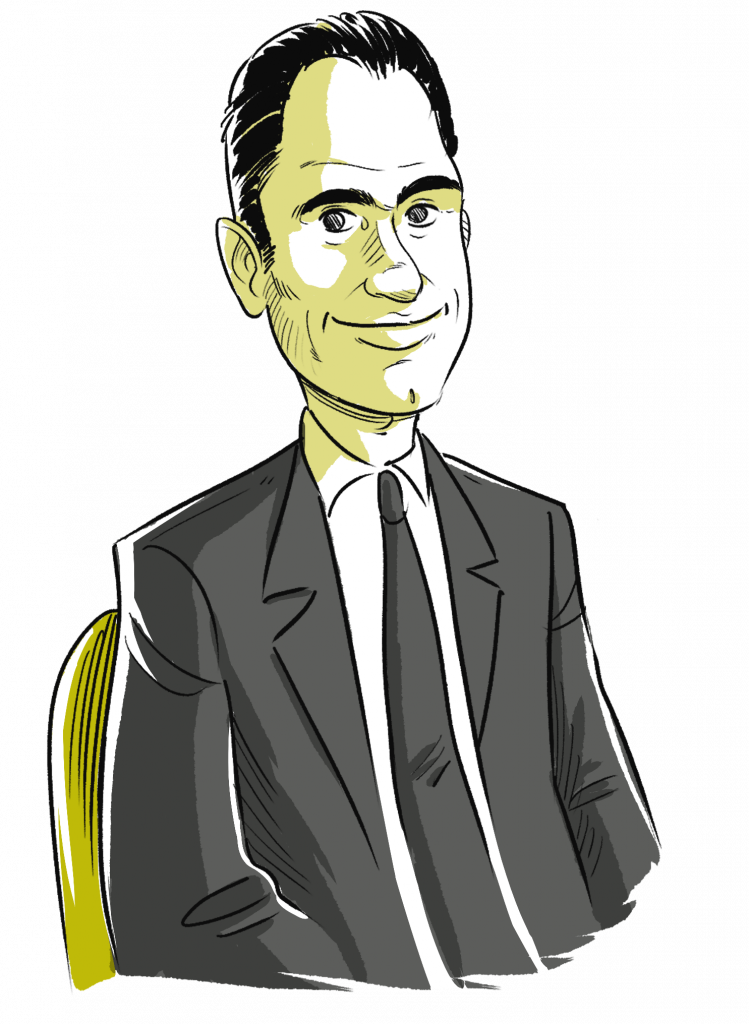
Do you think industries can help the societies to grow and stand for excellence? If so, how?
FM: Industry is crucial for the growth of simulation and related societies by challenging educators with new and innovative technologies, designed to meet their expectation, by spreading the up-to-date research and by fostering the educational community.
JS: The collaboration of SIM-academia (i.e. research), SIM-users and our SSH corporate roundtable in SSH supports the crucial synergy that is required as we progress in these transformational times in the world of healthcare simulation! We must all be at the table to flesh out priority needs, steer the innovation developments in sync towards future successes and outcomes. I would venture to postulate that without user-led SIM research and/or those in industry who are grounded in the development of these innovations for healthcare education and delivery, I believe in most cases that industry SIM innovations would fail.
AD: I believe that scientific societies and industry in the specific field should have a close relationship. Technology can support advancement in practice, and the end technology users are the members of societies: there is a mutual need. I think that in Latin America the support of the industry for the federation, which is a non-profit institution, although it is given, is not at the level of support that is needed to firmly promote continuous improvement programs, research, research dissemination, etc. This could be greatly improved.
Discussions about diversity, equity, and inclusivity are becoming increasingly common in scientific societies. Which efforts are SSH, SESAM and FLASIC doing to ensure simulationists from marginalized groups can contribute to and benefit from the societies themselves?
JS: The importance of DEI has been recognized by SSH. A formalized committee has been struck to proactively address DEI within the organizational fabric of our society. An example of a proactive strategy may include building a society toolbox with DEI initiatives for our membership.
FM: It is our mission to create an environment where equality is respected, and inclusion and diversity are the parts of the organizational culture. Increasing DEI has the function to promote scientific advancement. But at the same time it is a moral and ethical obligation to our members and peers.
AD: I believe that more than a trend, the DEI agenda is an important issue in the field of education in general. FLASIC, in addition to being a culturally diverse institution since its foundation, is actively concerned with having the participation of all the national societies that make it up, with people from different areas of health sciences and related professions, without distinction of gender, race or creed, with equal rights and responsibilities. This is one aspect that I think is very relevant for us, as we have members who speak Portuguese and Spanish, therefore maintaining a balance in our spaces and instruments in both languages is a great advance. There is still more to do, with no doubt, and we are working to improve. In fact, our motto defines us «if you are not there, we are not all here».
Conclusions
Connecting educators and researchers, with the synergy of our industry partners is critical to the global progression of simulation and scientific societies still can play an integral role. Continuous education through webinars, accreditation/credentialing, deliberate networking spaces are all examples of how SIM societies are promoting the creation of networks and communities of practice. Finding cooperation opportunities amongst societies is required to push the boundaries of simulation science. Industry is considered crucial to steer the innovation developments towards future successes and outcomes. To create a more inclusive environment all scientific societies are defining agendas of actions and are listening to the needs of members.
READ ALSO



